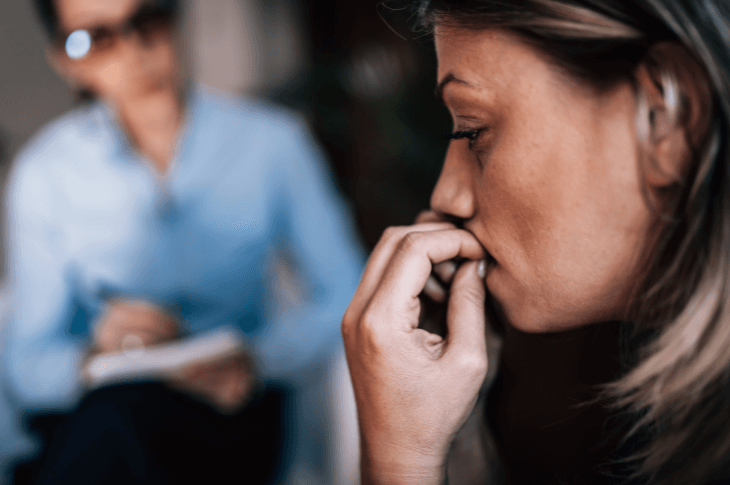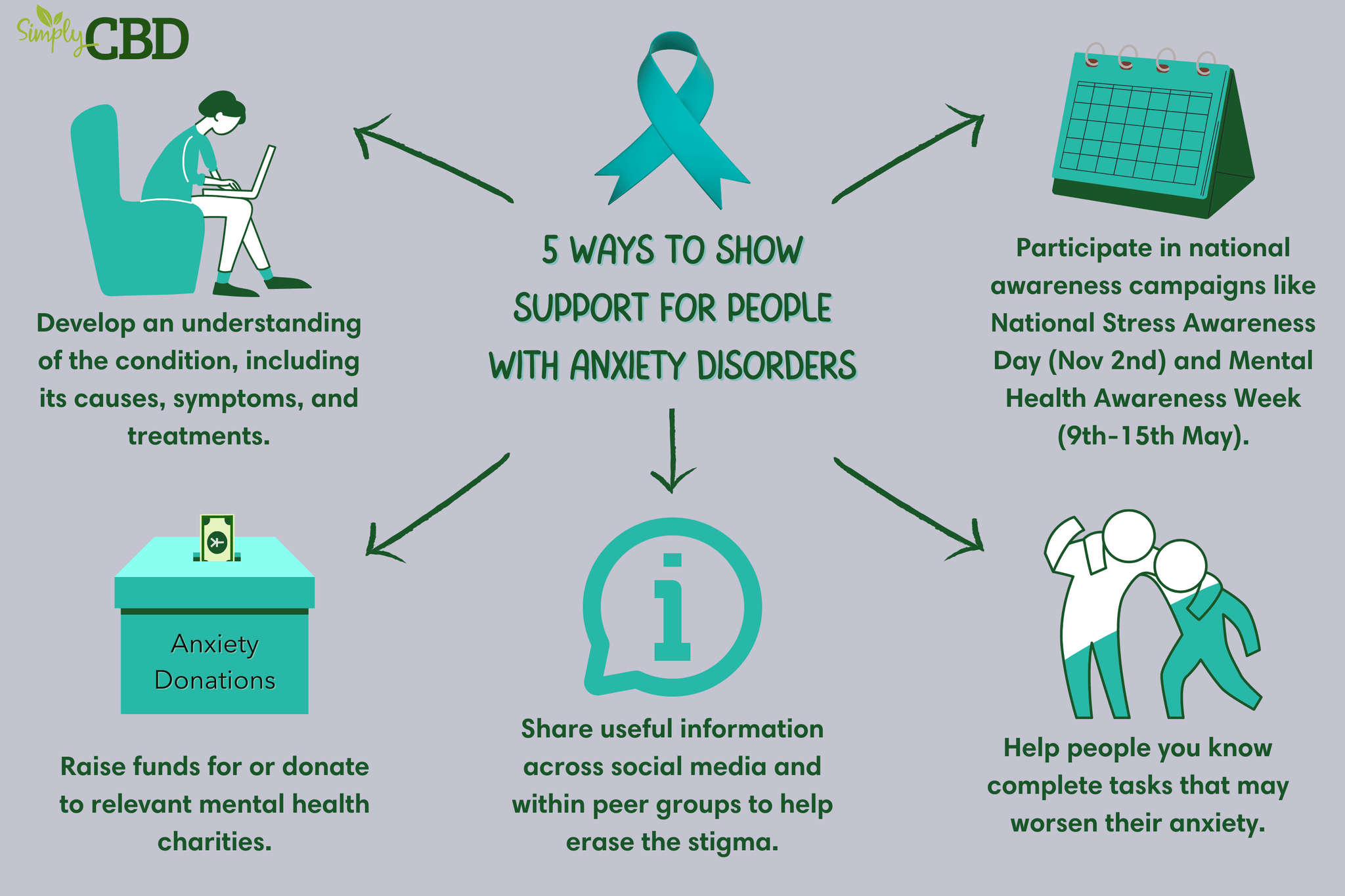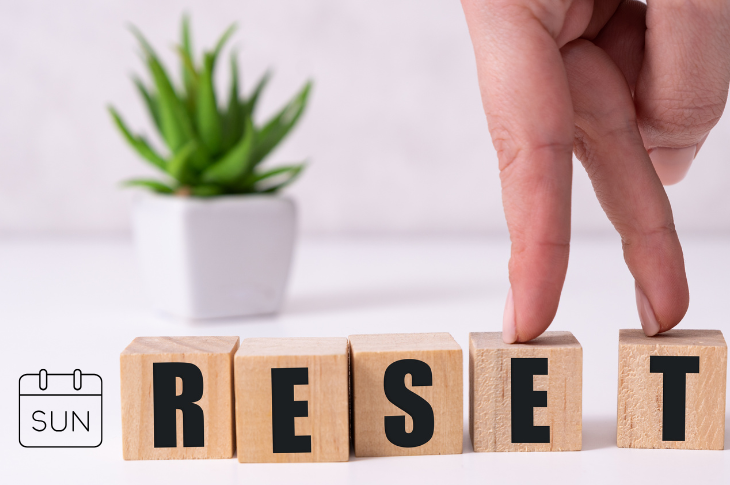
There are many variations of anxiety disorders, and feelings of anxiety can be a symptom of numerous conditions. However, generalised anxiety disorder (GAD) is the most common type of anxiety disorder. Its symptoms can vary, although it typically impacts sufferers on a daily basis. Learning more about this common condition can help erase the stigma around it and cultivate support for sufferers.
What is GAD?
Generalised anxiety disorder is a mental health disorder that causes sufferers to feel anxious on a consistent basis. This long-term disorder isn’t typically triggered by one particular event, as a wide range of circumstances can cause symptoms to arise. GAD can cause daily symptoms, with some sufferers unable to remember when they most recently felt calm or relaxed. According to the NHS, up to 5% of the UK population is impacted by GAD. The NHS also states that the most common age group for this disorder is 35-59, with slightly more women than men affected by it.
GAD causes, symptoms, and treatments
The root causes, symptoms, and most suitable treatment options can vary from person to person, but there are common themes among many sufferers of GAD.
Causes
It’s not always easy to determine one definitive cause of GAD as it often stems from multiple factors. Research into the condition has shown that some of the contributing factors may include:
- A chemical imbalance in the brain
- This typically involves imbalanced levels of noradrenaline and serotonin, which play a role in mood regulation.
- Overactivity in the brain in the areas that control behaviour and emotions
- Living with a chronic health condition that causes pain
- Genetics
- Those with relatives with GAD are 5 times more likely to develop the condition.
- A history of trauma or severe stress
- A history of substance misuse
In some cases, none of these factors apply, and people develop the condition without any discernible root cause.
Symptoms
The symptoms of GAD can vary from person to person, and it can cause both physical and psychological symptoms.
Psychological symptoms can include:
- Restlessness
- Feeling constantly worried or on edge
- Reduced concentration
- Irritability
- A sense of impending doom
Physical symptoms can include:
- Heart palpitations
- Dizziness
- Nausea
- Trembling
- Shortness of breath
- Sleep issues and consistent fatigue
- Aches and tension in the muscles
- Headaches
- Tingling and numbness
- Stomach pain
- Dry mouth
- Excessive sweat production
Treatments
Although this condition can be tough to live with, there are treatments designed to help ease symptoms and improve the quality of life among sufferers. The best treatment for GAD depends on each individual, their level of anxiety, and how receptive they are to different treatment options.
The most popular treatments for GAD include:
- Medication - Antidepressants like selective serotonin reuptake inhibitors (SSRIs) are frequently prescribed to those suffering from GAD. Various other types of medications are also used to help treat the symptoms of this condition.
- Psychological therapy - Talking therapy allows patients to unpack trauma and develop healthy coping mechanisms.
Misconceptions and stigma around anxiety
Everyone feels anxious at various points in their lives. For example, feeling nervous before a big presentation at work or on a first date is perfectly normal. This leads many people to believe that those suffering from GAD and other anxiety disorders are just being dramatic and don’t have a real, medically diagnosable disorder. This is completely false, as those suffering from this condition typically feel stuck in a constant state of anxiety, so much so that it hinders their ability to partake in everyday activities that others can complete without a second thought.
The stigma associated with anxiety comes from people associating the condition with weakness rather than recognising it as a legitimate mental health disorder. This is a dangerous mindset, as being subjected to this type of stigma can prevent those with GAD from speaking up and seeking the help they need.
Raising awareness of anxiety disorders
Due to the stigma surrounding GAD and many other mental health disorders, it’s crucial to raise awareness about these conditions. Taking part in anxiety disorder awareness activities can help debunk misconceptions, cultivate funding for relevant charities, and demonstrate the importance of taking anxiety disorders seriously enough to seek help as soon as possible. For example, these activities could include sharing useful information on social media or among peer groups, donating to or raising funds for relevant charities, or personally supporting individuals living with the condition.
Showing support for national awareness campaigns relating to anxiety and mental health is also useful. These include National Stress Awareness Day on 2nd November, and Mental Health Awareness week from 9th-15th May. A teal ribbon is the designated awareness symbol for anxiety disorders.

Anxiety support groups
Mental health disorders like GAD can cause sufferers to isolate themselves, and many feel reluctant to reach out to those around them due to fear of ridicule or embarrassment. Anxiety support groups are a great way for like-minded individuals with similar conditions to connect with each other and form a supportive community. There are many in-person and virtual groups that people can join that are available on a local, regional, national, and international level.
Mind, a mental health charity, offers a peer support directory that allows people to search for support avenues in their area. Mental Health Forum offers a forum where people can discuss a wide range of anxiety-related issues, ask questions, and share advice. Anxiety UK provides a range of services, including anxiety management courses, art therapy groups, and general anxiety support groups.
There are also countless anxiety support groups on social media, particularly on Facebook. Anxiety Support UK is a “friendly support group” with 1.4K members that was created by a former sufferer and current psychotherapist. There are also larger-scale groups, like Anxiety and Depression Support Group for the UK & Ireland which has over 19K members.
Virtual groups are a great option for those who don’t feel comfortable meeting in person, while in-person groups can help those who feel isolated and require physical companionship. These communities can help sufferers feel less alone, which is an important part of erasing the harmful stigma around anxiety disorders and other mental health issues.










